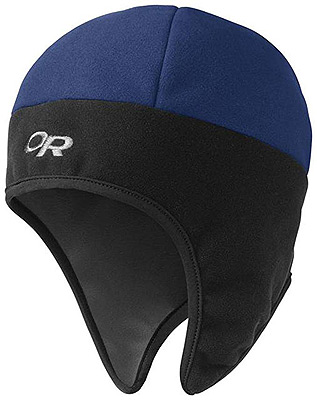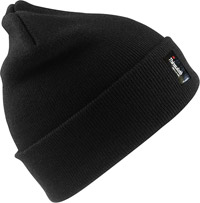Winter Hats and Balaclavas
"When your feet are cold, cover your head"
- Inuit saying.
Clothing to make you proof against
the elements.
![]() This is the UK page
This is the UK page
The brain is one of the most metabolically active parts of our bodies, generating heat continually, it is important that it is kept at normal body temperature so that it functions correctly. This means that the head operates like a radiator that can't be turned down, and always loses heat, especially as the external temperature drops.
Features to look for in a hat for extreme cold conditions
Wearing a hat is one of the quickest and easiest ways of keeping warm with the advantage that hats are relatively cheap and light to carry. If you still feel cold, particularly at the extremities, putting on a hat is the simplest way to deal with it.
We don't really feel the cold in our head like the rest of our body (when was the last time you felt like you had a cold head?) so it doesn't always seem a particularly obvious thing to do.
In extremely cold weather you will have a coat or jacket maybe with an attached and probably insulated hood. Hoods limit visibility and awareness of the world around you and can be quite noisy as they move against your ears. A hat allows you to keep warm with greater freedom of movement without the hood being raised and also provides extra insulation when increasing wind speed and dropping temperatures become threatening and the hood is raised as well.
There are an almost endless variety of hats available, all of which will help to keep you warm to some degree. The most effective are close fitting, cover the ears and preferably without external additions such as a pom-pom on top that prevents a close fit when the hood is pulled up.
A variety of materials are available, my personal preferences are:
1- A synthetic fleece wind stopper hat - small enough to take up very little room in a pocket and has a warmth beyond what you'd expect for its size and weight, the flaps can be pulled down when it gets colder or folded up when not so cold. It has a layer to stop the wind in its tracks and the clean smooth shape means that a hood fits neatly over the top with no chilly gaps.
2 -
A
shearling trapper or aviator style hat
this is bulkier than my other choices and it's for
those times when you know it's really cold and you're
going to have it on the whole time. Make sure it's
genuine shearling and not faux, there is no comparison
in softness, comfort and warmth. Again a clean shape
makes a hood fit neatly over the top, I look forwards
to wearing mine when winter gets cold enough..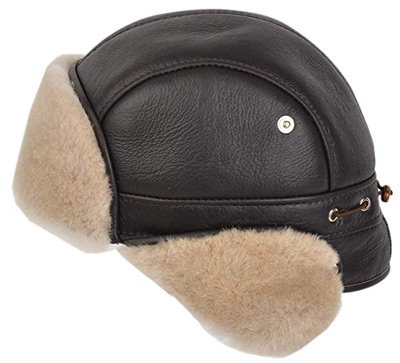
3 - A balaclava very effective and versatile, can be worn rolled up as a hat or rolled down as an almost full face covering under your hood. If they cover the mouth and nose, they have the advantage of keeping that area warm, so decreasing the chances of picking up colds and flu which can get a better foot-hold in a chilled upper respiratory tract. You'll need another hat or hood too when it gets really cold, but they aren't so expensive.
Materials - polyester fleece or natural materials such as wool (merino wool is premium), shearling (sheepskin) or fur are very effective and should be chosen for maximum performance.
My top 3
styles:
Windstopper
Balaclava
Sheepskin
trapper
Recommended Winter Hats
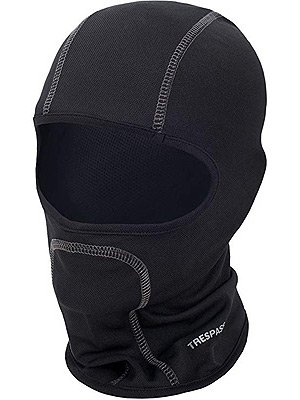 Balaclavas -
Balaclavas -
Hat, full face, neck gaiter,
very versatile garments for cold protection
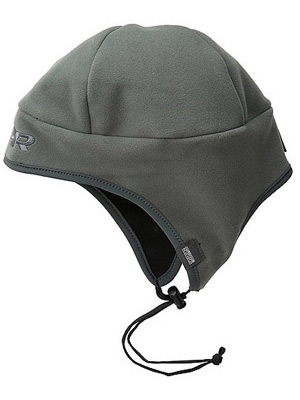 Windstopper hats
Windstopper hats
Lightweight easily pocketable
hat with a warmth beyond their bulk
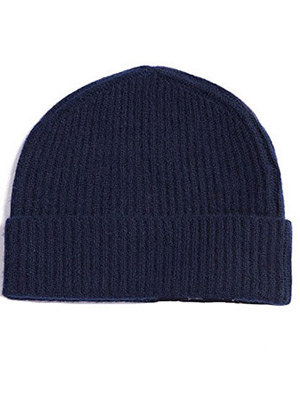 Wool Beanies
Wool Beanies
Wool is a superior material
for a hat, with merino being premium
 Fleece beanies
Fleece beanies
Tight weave, thinner and
lighter than other synthetics for the same warmth
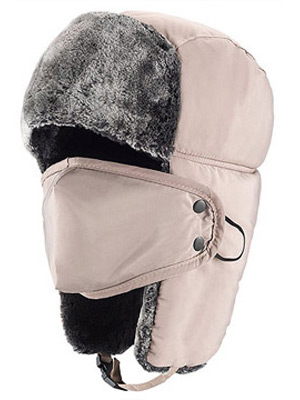
Trapper / aviator style
Cover your whole
head,
natural materials are warmest and longer
lasting,
synthetics cheaper.

Shearling / sheepskin hats
Warm, soft
and good looking high quality hats (not the "faux"
ones though)
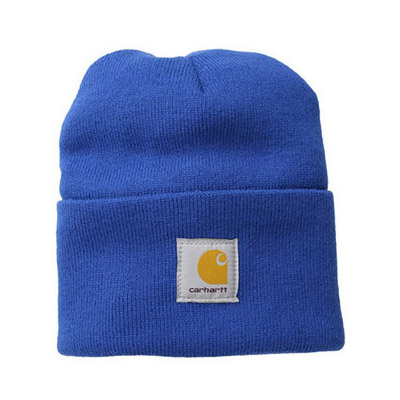 Acrylic hats
Acrylic hats
Warm and hard
wearing, lots of variety and
generally inexpensive
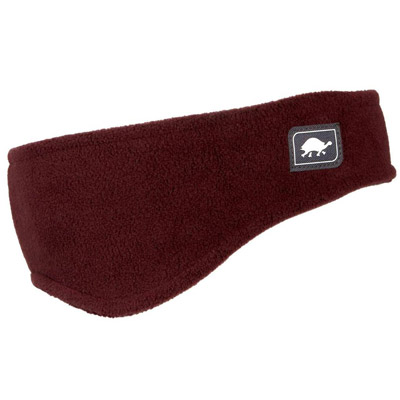 Headbands
Headbands
Not so hot as a hat if you're
active, great for keeping your ears warm in
the wind
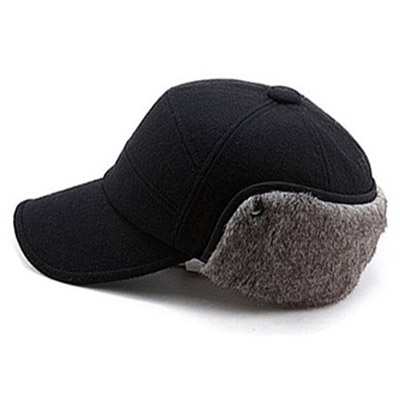 Earflap hats
Earflap hats
Lots of different styles,
all with ear-hugging flaps
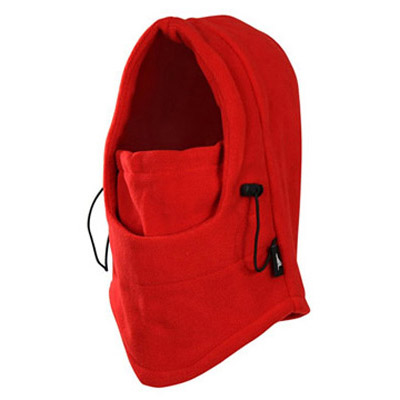 Face mask hats
Face mask hats
Balaclava / hat / hood
that covers the face too
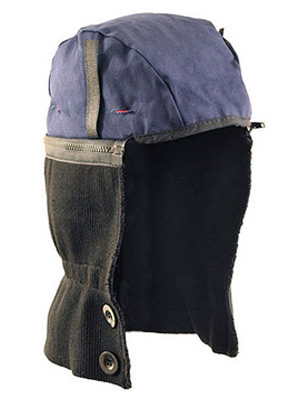
Helmet / hard hat liners
Insulate your
safety head gear
 Fur hats
Fur hats
Real fur is much warmer, faux
fur is much cheaper
A brand name of synthetic insulation that is often found in hats and gloves. Thinsulate is effective and usually fairly inexpensive, warmer than acrylic for a similar price.
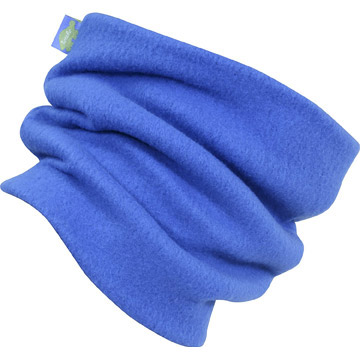
A neck warmer that is worn in a similar manner to a scarf to cover exposed skin at the neck and also keep warm air in your shell layer and prevent it from pumping out. It can be pulled up over the nose in colder conditions and/or to keep snow out when it acts like a balaclava in conjunction with a hat, though with more flexibility.
Lightweight and compact, but can make a huge difference to warmth and comfort.



